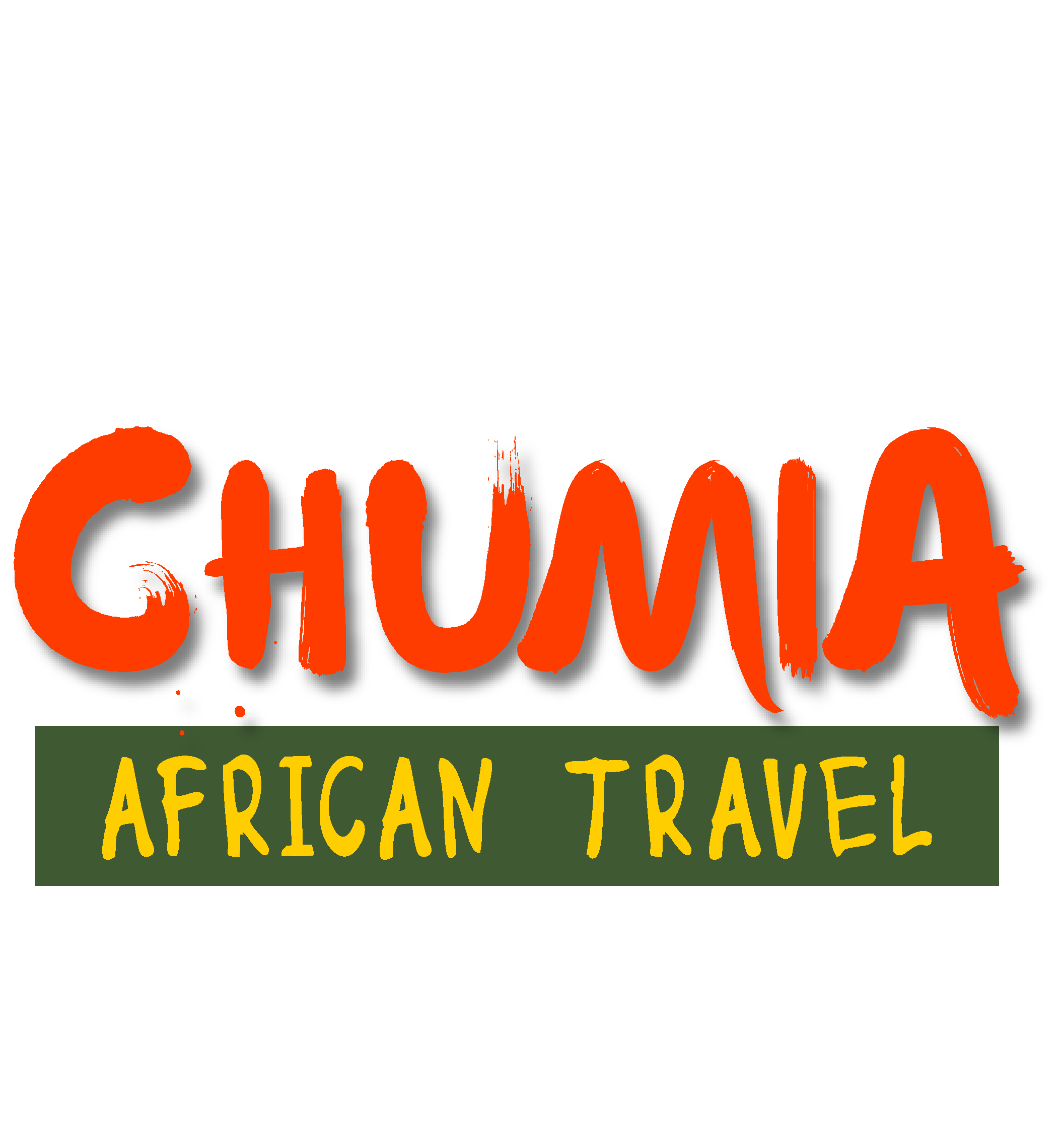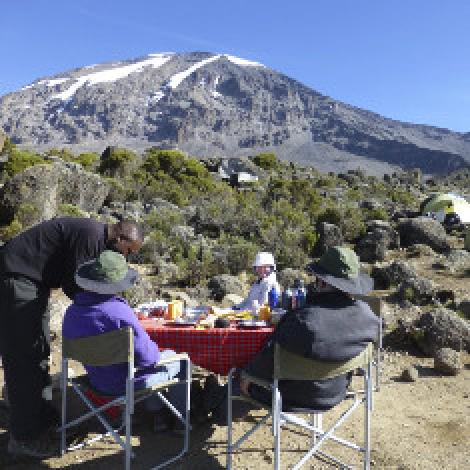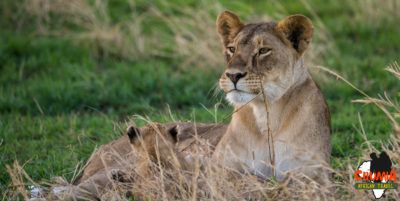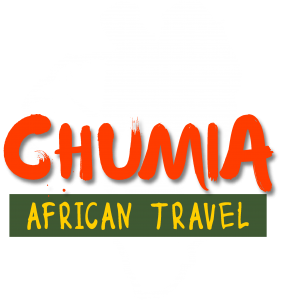Tanzania Adventure | Frequently Asked Questions

What is included in your prices?
Our prices include hotel accommodations before and after the climb, transportation from the hotel to the trail and back, transportation from the airport to the hotel and back, Government tax, all park entry fees, 18% VAT on tour fees & services, Guide, porters and cook salaries, Team Kilimanjaro Rescue fees, equipment like tents and chairs and tables, and meals on the mountain. Prices do not include flights, lunch, dinner or beverages at the hotel before &after climb, personal gear and equipment, or tips. Our prices are listed in US Dollars.
How many people are in a group climb?
Our group limit for climb is 30 people for those who book different to form a group.
Can you explain the dates of your group climbs?
If you are not spending any extra days before or after the climb, you should book your flight to land on the “Arrival Date” and leave on the “Departure Date”. The “Arrival Date” is the day before the climb begins. It represents the latest date you should be in Moshi. We have our trip briefings at 6:00pm at your hotel on this day, though we can schedule a personal trip briefing for you later in the evening or the next morning if you arrive late. The “Departure Date” is the day after you climb ends, after spending the night at the hotel.
What routes do you offer for group climbs?
We have group climbs on the 8 day Lemosho route, 7 day Rongai route, and 7 day Machame route. We specialize in Lemosho and Machame route so most of our group climbs are on these routes.
What is the difference between a group climb and private climb?
With a group climb, you will be in a party of up to10 climbers who have booked with us separately. Group climbs are scheduled for set dates on set routes. In a private climb, you will be in a party of people you specifically booked with (friends, family, etc.). Private climbs can be scheduled on any date you choose and on any route. There is no maximum number of climbers for a private climb. The service on the mountain is exactly the same.
Which routes do you recommend?
We recommend the 9 day Northern Circuit, 8 day Lemosho, and 7 day Rongai routes. These routes offer the best balance of high success rates, beautiful scenery and smaller crowds. 7 day Machame is a nice route as well, but has a lot of other climbers on it.
What is the best way to increase my chance of making it to the top, before the trip?
First and foremost, choose a longer route. 7 days should be the minimum and 8 or 9 days is even better. Next, put effort into your training and do it for at least two months, incorporating some long hikes if possible. Third, assemble the right gear for your climb. Lastly, consider using a high altitude training system to pre-acclimatize
What is high altitude training system?
Altitude training systems work by simulating the high altitudes found on Mount Kilimanjaro. The altitude training system reduces the percentage of oxygen in the air you breathe. Through regular use, the body undergoes physiological changes to cope with the lower oxygen level.
Without pre-acclimatization, as climbers ascend on Kilimanjaro, their bodies respond with short-termadaptations. These quick-response adaptations are meant primarily to prevent sickness and allow for some semblance of normal cardiovascular and muscular performance in an oxygen deprived environment.
Pre-acclimatization through altitude training systems produces long-term adaptations, such as an increase in red blood cells, blood volume, and efficiency of oxygen absorption. These adaptations help:
Increase recovery on the mountain. Breathing rates and oxygen intake decreases when the body is asleep. In an oxygen deficient environment, many people have difficulty sleeping. Pre-acclimatization enables people to sleep well, and thus, recover after physical activity.
Increase performance on the mountain. Pre-acclimatization significantly improves the body’s mechanisms for delivering oxygen to the muscles. The result is increased aerobic and anaerobic performance on Kilimanjaro, such as hiking strength and endurance.
Reduce the Incidence of Acute Mountain Sickness. Acute Mountain Sickness (AMS) is the main reason climbers fail on Mount Kilimanjaro. Most people will experience some symptoms of AMS. Pre-acclimatization can reduce or eliminate symptoms of AMS.
What is the best way to increase my chance of making it to the top, during the trip?
Avoiding altitude sickness is key. Do this by walking slowly. Drink lots of water and eat enough food. Go on all optional acclimatization hikes. Consider taking Diamox. Also prevent other illnesses by disinfecting your hands after every time you use the bathroom and before any meals.
What gear do I need for my climb?
There is a variety of technical clothing and equipment you will need for your climb as shown blow;
- Technical Clothing
1 – Waterproof Jacket, breathable with hood
1 – Insulated Jacket, synthetic or down
1 – Soft Jacket, fleece or soft-shell
2 – Long Sleeve Shirt, light-weight, moisture-wicking fabric
1 – Short Sleeve Shirt, light-weight, moisture-wicking fabric
1 – Waterproof Pants, breathable (side-zipper recommended)
2 – Hiking Pants (convertible to shorts recommended)
1 – Fleece Pants
1 – Shorts (optional)
1 – Long Underwear (moisture-wicking fabric recommended)
3 – Underwear, briefs (moisture-wicking fabric recommended)
2 – Sport Bra (women)
- Headwear
1 – Brimmed Hat, for sun protection
1 – Knit Hat, for warmth
1 – Balaclava, for face coverage (optional)
1 – Bandana (optional)
- Handwear
1 – Gloves, warm (waterproof recommended)
1 – Glove Liners, thin, synthetic, worn under gloves for added warmth (optional)
- Footwear
1 – Hiking Boots, warm, waterproof, broken-in, with spare laces
1 – Gym Shoes, to wear at camp (optional)
3 – Socks, thick, wool or synthetic
3 – Sock Liners, tight, thin, synthetic, worn under socks to prevent blisters (optional)
1 – Gaiters, waterproof (optional)
- Accessories
1 – Sunglasses or Goggles
1 – Backpack Cover, waterproof (optional)
1 – Poncho, during rainy season (optional)
1 – Water Bottle (Nalgene, 32 oz. recommended
1 – Water Bladder, Camelbak type (recommended)
1 – Towel, lightweight, quick-dry (optional)
Stuff Sacks or Plastic Bags, various sizes, to keep gear dry and separate
- Equipment
1 – Sleeping Bag, warm, four seasons
1 – Sleeping Bag Liner, for added warmth (optional)
1 – Trekking Poles (recommended)
1 – Head lamp, with extra batteries
1 – Duffel bag, (waterproof recommended) for porters to carry your equipment.
1 – Daypack, for you to carry your personal gear
Other
Toiletries
Prescriptions
Sunscreen
Lip Balm
Insect Repellent, containing DEET
How much of my gear can my porter carry for me?
The weight limit is 20kgs .The sleeping bag is included in the limit. Porters will carry your duffel bag in a waterproof bag.
How much should my day pack weigh?
Try to keep it under 20 lbs. In fact, try to keep all of your belongings to under 40 lbs.
How should I dress for Kilimanjaro?
You should follow the layering principle when you dress. Layering is a systematic, logical approach to wearing multiple layers of clothing. The layers you will have are: base layer, mid layer, and outer shell.
What are those layers?
Base Layer
- 2 – Long Sleeve Shirt, light-weight, moisture-wicking fabric
- 1 – Short Sleeve Shirt, light-weight, moisture-wicking fabric
- 1 – Long Underwear (moisture-wicking fabric recommended)
- 3 – Underwear, briefs (moisture-wicking fabric recommended)
- 1 – Bandana (optional)
- 1 – Balaclava
- 3 – Sock liners, tight, thin, synthetic, worn underneath to prevent blisters
- 1 – Gloves, light, thin, synthetic, worn underneath for added warmth (optional)
- 1 – Arm Warmers, synthetic (optional)
Mid Layer
- 1 – Soft Jacket, fleece or soft-shell
- 1 – Insulated Jacket, synthetic or down
- 1 – Fleece Pants
- 3 – Socks, thick, wool or synthetic
- 2 – Hiking Pants* (convertible to shorts recommended)
- 1 – Shorts* (optional) *considered mid layers simply because they are worn on top of the base layer (underwear).
Outer Layer
- 1 – Waterproof Jacket, breathable with hood
- 1 – Waterproof Pants, breathable (side-zipper recommended)
- 1 – Knit Hat, for warmth
- 1 – Brimmed Hat, for sun protection
- 1 – Gaiters, waterproof (optional)
- 1 – Hiking Boots, waterproof, broken-in, with spare laces
- 1 – Gym shoes, to wear at camp
- 1 – Gloves (waterproof recommended)
What rental gear is available?
We have all trekking gear and equipment for rent. You do not have to reserve them. You can acquire your rentals and pay for them at the trip briefing.
When is the best time to climb Kilimanjaro?
Kilimanjaro is best climbed when the weather is dry. There are two rainy seasons in Tanzania. The long rainy season is from mid-March to early June. The short rainy season is from November to early December. Therefore the best times to climb Kilimanajro are mid-December to early-March, and mid-June to end of October.
If I climb during the dry season, do I need rain gear?
Yes. It can rain and snow all year round. The base of the mountain is in the rainforest. A quality waterproof jacket and pants is 100% must.
How cold does it get on the mountain?
In general, expect to sleep in temperatures as low as 20F and to hike in temperatures as low as -20F. It can be even colder. Be prepared.
What kind of food is prepared on the mountain?
We serve breakfast, lunch and dinner, which consist of western style meals.
Can you cater to special diets?
We can accommodate vegetarian and vegan diets. For more specific requirements, we will try our best but please contact us to discuss.
How do I use the bathroom on the mountain?
Each campsite has public “long drop” toilets. If you need to use the bathroom on the trail, find a spot behind a tree or rock. We recommend bringing pee bottles so that you do not have to leave your tent multiple times during the night to urinate. Also we do arrange private toilet tent, which contains a plastic toilet for extra charges $ 70 if requested
How do I shower on the mountain?
You don’t. You can use wet wipes if you like to towel off. We also provide wash bins with soap for you to wash your hands and face.
What safety measures are taken by the staff?
Our guides are highly experienced to manage altitude sickness, which is the biggest obstacle on the mountain. They are certified Wilderness First Responders. They conduct twice daily health checks to measure your oxygen saturation and pulse. A rescue plan is in place in the event of an emergency. Bottled oxygen, Ox-meter and a first aid kit are carried on every climb.
What happens if someone in my group needs to descend? Does the entire party also have to descend?
No. We bring multiple guides on every climb so that when a climber needs to descend, it does not affect the rest of the party.
If I have to descend early, are the additional nights at the hotel covered?
Additional hotel stays are not covered and must be paid in country.
What do I need to enter Tanzania?
You will need a passport that is valid for at least six more months. You will also need a flight card which you will receive on the plane. Finally you need a Tanzanian visa.
Can I obtain my visa at the airport?
USA, Canadian, British and most European citizens can obtain their visas upon arrival at Kilimanjaro National Airport. The cost is $100 for USA passport holders and $50 for others. If you are a citizen of a different country, please check with your embassy whether you can obtain a visa upon arrival.
What vaccinations or immunizations do I need?
Nothing is required but many are recommended. A certificate of yellow fever vaccination is required for entry into Tanzania when arriving from countries where yellow fever is present.
The following vaccines may be recommended for your travel to East Africa. Discuss your travel plans and personal health with a health-care provider to determine which vaccines you will need.
- Hepatitis A or immune globulin (IG). Transmission of hepatitis A virus can occur through direct person-to-person contact; through exposure to contaminated water, ice, or shellfish harvested in contaminated water; or from fruits, vegetables, or other foods that are eaten uncooked and that were contaminated during harvesting or subsequent handling.
- Hepatitis B, especially if you might be exposed to blood or body fluids (for example, health-care workers), have sexual contact with the local population, or be exposed through medical treatment. Hepatitis B vaccine is now recommended for all infants and for children ages 11-12 years who did not receive the series as infants.
- Malaria: your risk of malaria may be high in all countries in East Africa, including cities. See your health care provider for a prescription antimalarial drug.
- Meningococcal (meningitis) if you plan to visit countries in this region that experience epidemics of meningococcal disease during December through June.
- Rabies, pre-exposure vaccination, if you might have extensive unprotected outdoor exposure in rural areas, such as might occur during camping, hiking, or bicycling, or engaging in certain occupational activities.
- Typhoid vaccine. Typhoid fever can be contracted through contaminated drinking water or food, or by eating food or drinking beverages that have been handled by a person who is infected. Large outbreaks are most often related to fecal contamination of water supplies or foods sold by street vendors
- Yellow fever, a viral disease that occurs primarily in sub-Saharan Africa and tropical South America, is transmitted to humans through the bite of infected mosquitoes. The virus is also present in Panama and Trinidad and Tobago. Yellow fever vaccination is recommended for travelers to endemic areas and may be required to cross certain international borders (For country specific requirements, see Yellow Fever Vaccine Requirements and Information on Malaria Risk and Prophylaxis, by Country.). Vaccination should be given 10 days before travel and at 10 year intervals if there is on-going risk. · As needed, booster doses for tetanus-diphtheria, measles, and a one-time dose of polio vaccine for adults.
Where do I fly into?
Our climbs begin and end in Moshi. Moshi is about 25 miles from Kilimanjaro National Airport (JRO). You should fly into Kilimanjaro National Airport and we can arrange for pick up.
Can I book a safari on the spot?
No, we must make preparations for your safari before your trip begins. All safaris must be pre-booked.
What gear do I need for the safari?
The only additional item you need for the safari is perhaps binoculars. Other than that, the clothing you have for your climb is sufficient.
When is the best time to see the migration?
The best time to see the migration in Tanzania is often January-March and June-August. In the Kenya, it is often best September-October. These are also the most popular times to go, so you will need to book well in advance. You will see an abundance of wildlife all year round.
What type of vehicles do you provide?
We use 4 or 6passengers, 4×4-wheel-drive Land Cruisers, all with viewing roofs for the safaris.
What is there to do in Moshi? Is it safe to walk around on my own?
It is safe to walk around the main area of town during the day with valuables well hidden, but it not advised to be walk around at night for your own safety.
Do your Tanzania trips include any transfer for those arriving in Nairobi, Kenya?
No, but we can schedule your transfer from Nairobi either by land or air for an additional charge.
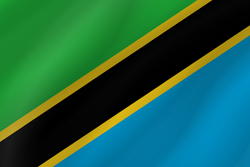 +255 756 010 739 +33 6 24 82 09 36
+255 756 010 739 +33 6 24 82 09 36
